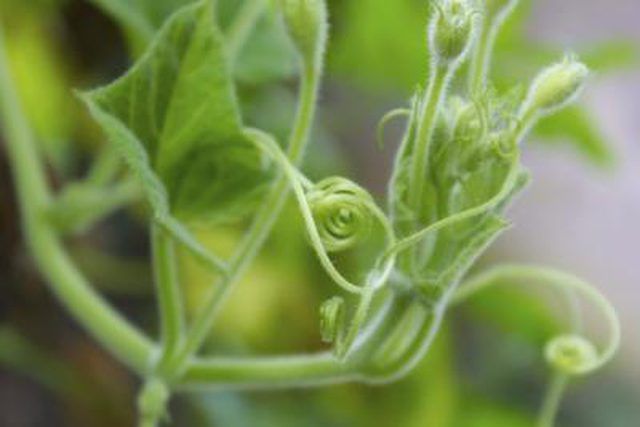Bulbs
Flower Basics
Flower Beds & Specialty Gardens
Flower Garden
Garden Furniture
Garden Gnomes
Garden Seeds
Garden Sheds
Garden Statues
Garden Tools & Supplies
Gardening Basics
Green & Organic
Groundcovers & Vines
Growing Annuals
Growing Basil
Growing Beans
Growing Berries
Growing Blueberries
Growing Cactus
Growing Corn
Growing Cotton
Growing Edibles
Growing Flowers
Growing Garlic
Growing Grapes
Growing Grass
Growing Herbs
Growing Jasmine
Growing Mint
Growing Mushrooms
Orchids
Growing Peanuts
Growing Perennials
Growing Plants
Growing Rosemary
Growing Roses
Growing Strawberries
Growing Sunflowers
Growing Thyme
Growing Tomatoes
Growing Tulips
Growing Vegetables
Herb Basics
Herb Garden
Indoor Growing
Landscaping Basics
Landscaping Patios
Landscaping Plants
Landscaping Shrubs
Landscaping Trees
Landscaping Walks & Pathways
Lawn Basics
Lawn Maintenance
Lawn Mowers
Lawn Ornaments
Lawn Planting
Lawn Tools
Outdoor Growing
Overall Landscape Planning
Pests, Weeds & Problems
Plant Basics
Rock Garden
Rose Garden
Shrubs
Soil
Specialty Gardens
Trees
Vegetable Garden
Yard Maintenance
How to Grow Pumpkins on a Trellis
How to Grow Pumpkins on a Trellis. Since vining pumpkins (Cucurbita pepo) require 10-foot or longer runners to supply nutrition for the developing fruit, finding enough garden space for them can be a problem. The best solution is to train your pumpkins to grow up a trellis. Besides, a vertical crop improves air circulation to thwart disease and...

Since vining pumpkins (Cucurbita pepo) require 10-foot or longer runners to supply nutrition for the developing fruit, finding enough garden space for them can be a problem. The best solution is to train your pumpkins to grow up a trellis. Besides, a vertical crop improves air circulation to thwart disease and allows easy access for harvesting.
Trellis Types
Although a warm-season annual, pumpkins fall under the category of winter squash. They need a sturdy trellis to support their fruit. The simplest support is an actual fence or a fence you make by stringing twine or wire between two wooden or metal posts sunk into the ground on each end. A-frame trellises provide two sides for vines to climb. Build one of evenly spaced, lightweight one-by-two or two-by-four lumber. Another choice is a stout tepee-style trellis made of poles at least 2 inches thick and securely lashed together with rope at the top. Tie your vines to any of the trellises with strips of cloth or pieces cut from plastic grocery bags. Generally, pumpkins weighing less than 5 pounds need no further support. For heavier fruit, recycle old T-shirts or pantyhose to form slings, tied to the trellis, to cradle the pumpkins as they grow.
Planting Guidelines
Build and install the trellis before planting the seeds. Pumpkins thrive in full sun, but will tolerate partial shade. Sow the seeds to the south of the trellis to prevent shading the vines. Because pumpkins prefer a slightly acidic to neutral soil, or a pH of 6.0 to 7.5, mix rotted manure, as well as a handful of 5-10-10 fertilizer, into the top 6 to 8 inches of soil before planting. Among the most cold-sensitive vegetables, don't plant pumpkins until the soil has warmed to 70 degrees Fahrenheit. Although sowing pumpkin seeds directly into the ground works best, if you have a relatively short growing season, start seeds in peat pots indoors up to four weeks before the last spring frost. Consider growing one of the smaller, faster-maturing varieties if you don't have long, warm summers. Most pumpkins need 90 to 120 frost-free days from seed to harvest.
Pumpkin Care
During their long growing season, pumpkins need plenty of water and nutrients. Continue side-dressing around the roots with 5-10-10 fertilizer every two weeks. Give the plants 1 inch of water each week. That translates to about 6 gallons per square yard of garden. Mulching around your pumpkin plants will help retain moisture, suppress weeds and discourage insect pests. Each pumpkin vine produces both male and female blossoms, and you need bees in the garden to pollinate them. Growing colorful, fragrant flowers near your pumpkin patch may attract the essential pollinators. Cucumber beetles are the primary insect enemy of pumpkin plants, because they spread the deadly bacterial wilt disease. Trellised vines allow the bugs to be spotted more easily, so they can be hand-picked or hosed away. Mosaic virus comes with aphids, which can be removed in the same way. If your plants become diseased, pull them up and destroy them immediately.
Varieties for Trellising
Small varieties, such as "Jack-Be-Little," "Small Sugar" and "Frosty," work well for training up a trellis. Slightly larger at 10 pounds and excellent as a jack-o'-lantern, "Autumn Gold" shines as a vertical crop, supported by slings. Even large pumpkins, weighing as much as 25 pounds, can be trellised, by building platforms into the trellis design. Otherwise, their bulk would tear the slings. "Aspen" and "Connecticut Field" are two large varieties to try. Plant a small variety if you want small pumpkins, instead of picking large ones before they mature. When ready to harvest, a pumpkin develops a deep color, sounds hollow when tapped and resists puncture by your fingernail.